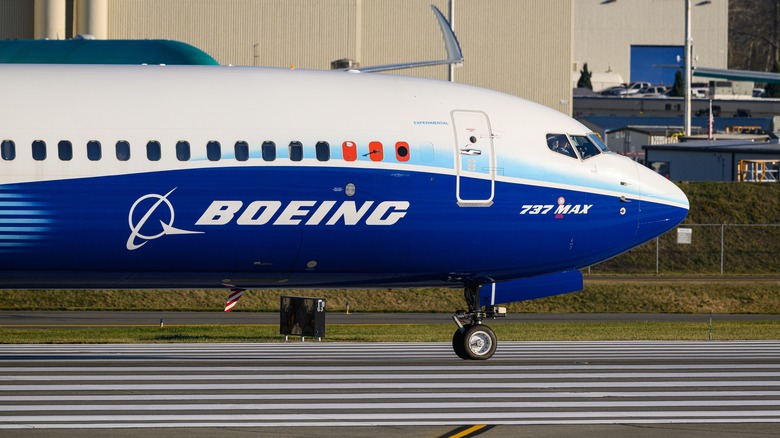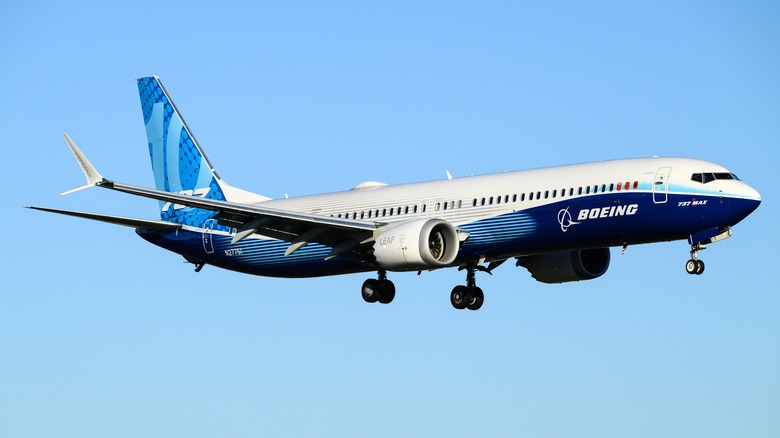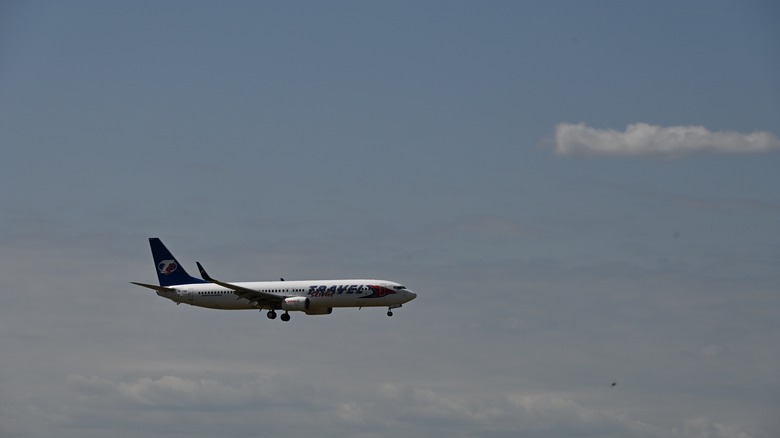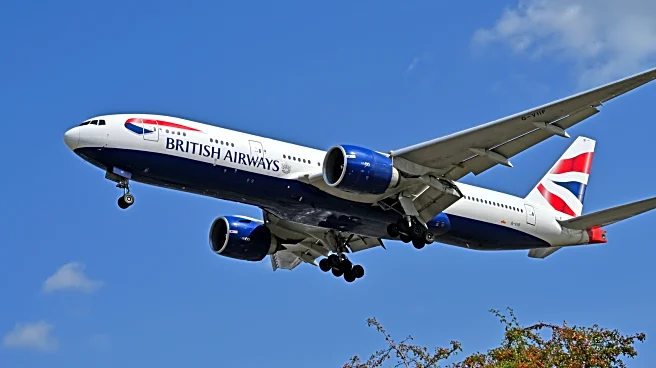
The Boeing 737 has been around since the 1960s and is now in its fourth generation, but as with other commercial jetliners it takes more than a single number to pin down the 737's top speed. When an aircraft is certified it's assigned several operational limits, including one above which it's no longer structurally sound at sea level. This is known as the VMO (Velocity of Maximum Operation). For most 737s, this limit is 350 knots (just over 400 mph). Flying at or below the VMO ensures that the body,
engines, and supporting structures of an aircraft aren't stressed to the point of failure.
At higher altitudes where air temperature and resistance is lower, the 737's limit is expressed as MMO, or Maximum Mach Operation. This changes gradually with altitude and is expressed as a portion of the speed of sound. If a plane exceeds its MMO, air moving past the wings can move at supersonic speeds, creating a shock wave and turbulent conditions known as "mach tuck" and "mach buffet." MMO for the 737 NG (Next Generation) and 737 MAX is Mach 0.82, or about 541 mph above 40,000 feet, but for normal airline operations it's not practical or necessary to fly that fast. To prioritize fuel savings and passenger comfort, Boeing 737 MAX pilots typically cruise at about 453 knots (Mach .79 or 521 mph). The seemingly paradoxical relationship between a plane's VMO and MMO is partially explained by the fact that the speed of sound (and thus the corresponding value of any decimal or fractional value) is lower at high altitudes. So although the 737's MMO of Mach 0.82 equals about 541 mph at 7 1/2 miles up, at sea level Mach 0.82 is about 100 mph faster.
Read more: 10 Airplanes That Managed To Fly With Staggeringly Low Horsepower
How Fast A 737 Actually Flies In Service

For the 737, a cruising speed of about 450 knots is considered a good trade-off between speed, safety, and fuel efficiency. Flying a 737 at Mach 0.82 would put a little grin on the pilot's face, burn a lot more fuel, and potentially cause the ailerons (the movable fins on the trailing edges of the wings) to flutter dangerously. Since the time saved by flying a little faster would be minimal, such a tactic is usually pointless. For example, the difference between flying a 737 at full MMO instead of the more reasonable speed of Mach .75(495 mph at 40,000 feet) would cut the length of a New York to Los Angeles flight by less than a half hour.
There's also a cost for the additional fuel needed to lift a 737 to 40,000 feet and get it up to speed. There are many factors that can cause turbulence, and this bumpy air causes more distress to aircraft and passengers at higher speeds. By flying slightly below a plane's rated maximum, pilots can avoid unnecessary stress on its engines and damage the wings or superstructure. For airlines with fleets of hundreds of planes, it's important to keep as many of them in operation as possible and minimize maintenance costs.
Staying Below Maximum Speed Helps Keep Pilots Out Of The Coffin Corner

There's plenty of physics to explain why planes rarely fly at maximum rated speed. Drag has a larger impact on an aircraft as it accelerates, even at higher altitudes where the air is thinner. Jet aircraft engines must generate more thrust to overcome this air resistance. Operating near maximum thrust also puts added stress on a jet engine's combustion chamber, turbines, and exhaust system, which can shorten its useful life.
At higher altitudes where a plane's stall speed is higher, a pilot may encounter what's called the "coffin corner." This is a speed range where the plane is moving barely fast enough to avoid a stall and close to the MMO where it will encounter turbulence. Flying in this zone leaves little margin for pilots to make speed adjustments while keeping full control of the plane. Comfort is also a priority for passenger flights, so moderate speeds are used to reduce the effect of turbulence and keep cabin occupants safe. Considering the risks, costs, and limited time savings, it's easy to see the impracticality of flying a jet like the Boeing 737 at its maximum certified speed.
Want the latest in tech and auto trends? Subscribe to our free newsletter for the latest headlines, expert guides, and how-to tips, one email at a time.
Read the original article on SlashGear.













